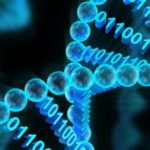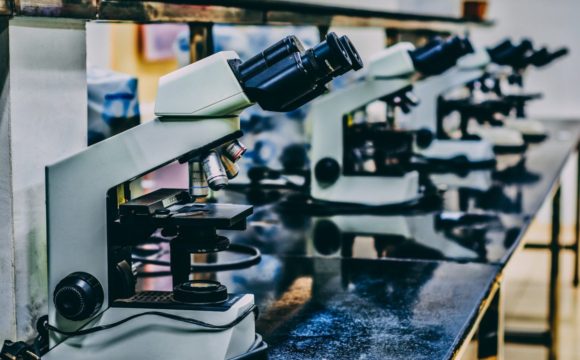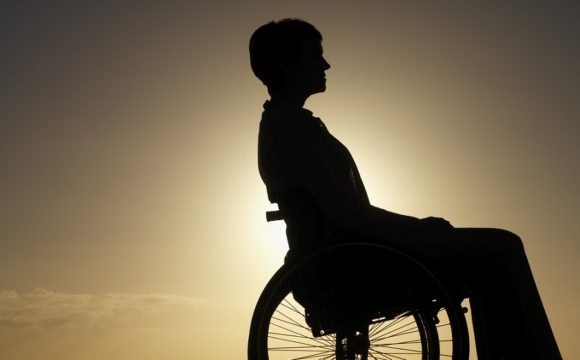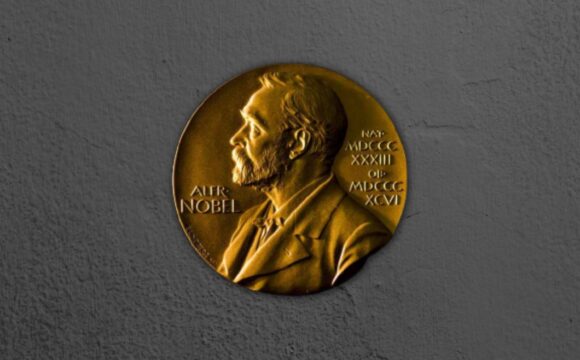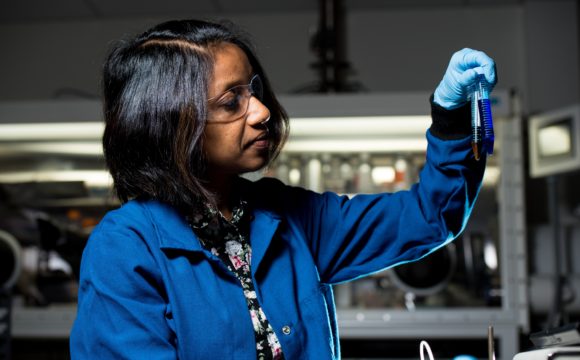In a modern day science lab, there are tons of safety measures taken. The containments are on a physical level wherein the person has to be prevented from any possible harm and at a biological or chemical level where infectious or potentially toxic agents/organisms are kept in check. But in the past especially with limited awareness and emphasis on safety, we have scientists who knowingly or unknowingly putting themselves at risk in the passion of pursuing their science and some in this process paid the price of their own life.
Here we present five such unique and intriguing cases.
Alexander Bogdanov (1873-1928)
Born in 1873 Russian Empire (now Poland) Bogdanov was a philosopher and a physician. One of his theory was that blood transfusions can be a way of rejuvenation of the human body which could grant partial if not entire eternal youth. Some of his earlier experiments gave positive symptoms like improvement in eyesight and hair. Around 1925 Bogdanov founded the Institute for Haematology and Blood Transfusions. He is believed to have died from some of the later blood transfusions in which he took blood from a person suffering from Malaria and Tuberculosis.
Carl Scheele (1742-1786)
Scheele was a German-Swedish pharmaceutical chemist who discovered Molybdenum, Tungsten, Manganese, Chlorine, and arguably even Oxygen. Scheele had a habit of smelling and tasting any new substance he discovered. Although he survived his test-tasting of hydrogen cyanide he eventually died at the age of 43 on 21st May 1786 by Mercury poisoning.
Elizabeth Fleischman (1867-1905)
She was an American Radiographer and a pioneer in the field of X-rays. She introduced X-rays to military hospitals to locate bullets. She would use herself as the subject of the research. She had her right arm amputated as a result of X-ray burns but she continued her work despite the development of this injury. She is believed to have died of cancer caused from X-ray in 1905. Her work and bravery are very well recognized and appreciated in her field of science.
Louis Slotin (1910-1946)
We all remember the nuclear bombs that were used on the Japanese cities of Hiroshima and Nagasaki by the end of the World War II. The Americans have been working on the Nuclear bombs long before its use. It was called the ‘Manhattan Project’. Louis Slotin was one of the many scientists involved in this project. On 21st May 1946, he was conducting a demonstration in which he accidentally initiated a fission reaction. The heavy release of radiation caused him radiation syndrome and he died nine days later. This accident prompted the end of all hands-on assembly work since.
Marie Curie (1867-1934)
The first and the only woman to win two Nobel prizes, Marie Curie was a pioneering and dedicated scientist of the Victorian Era. Marie along with her husband Pierre Curie discovered Radium and Polonium. She would touch Radium, an element now known as Radioactive with her bare hands. Decades of work with these elements caused her leukemia. She passed away on 4th of July 1934 in France.
Also, see our blog ‘For these scientists/innovators, disability was never an issue‘ to see how scientists with disability never gave up on their passions.





